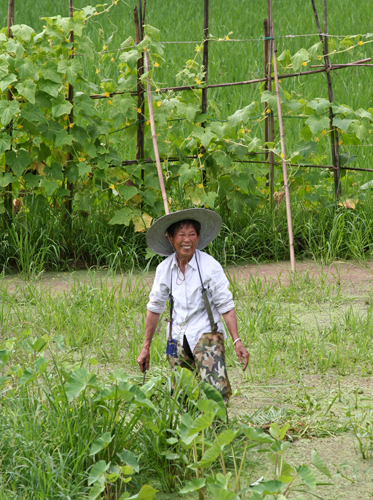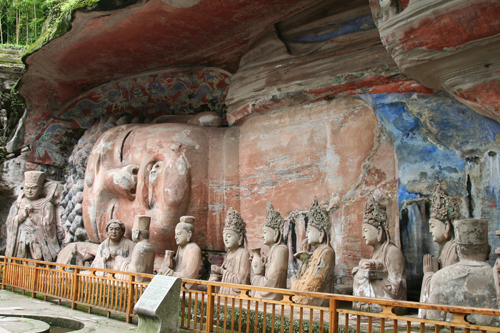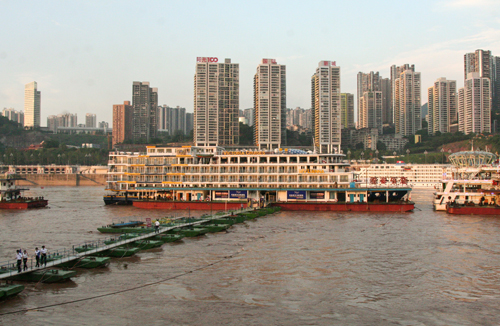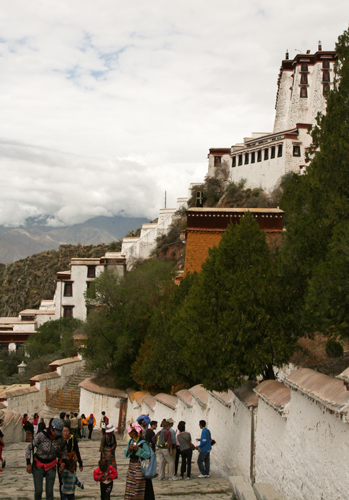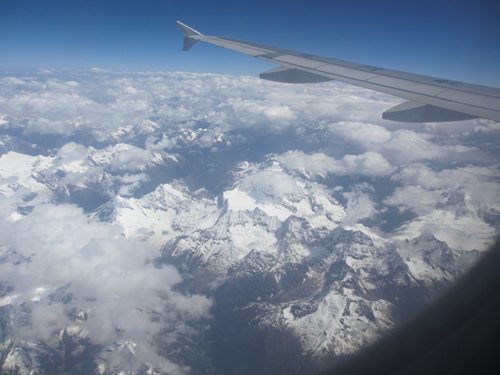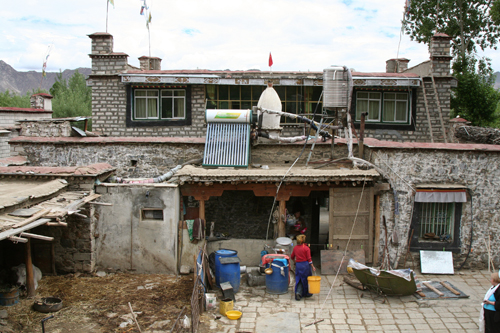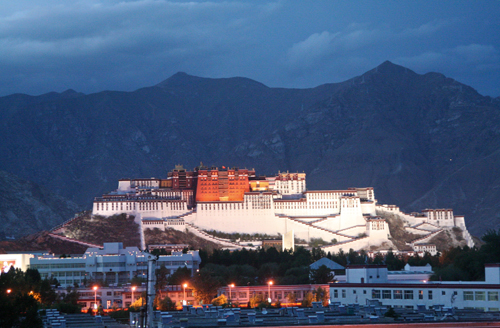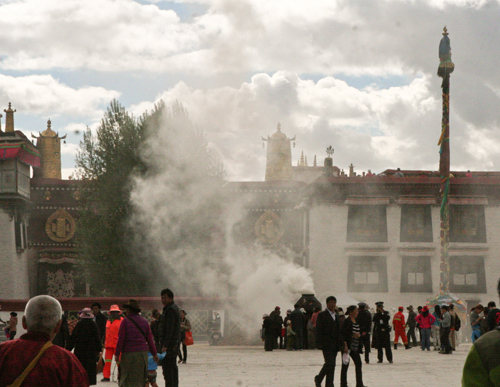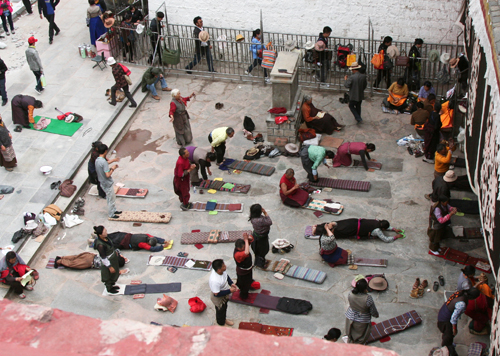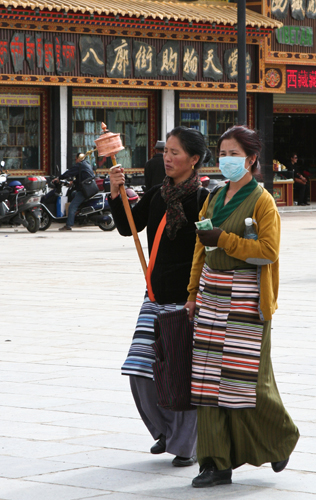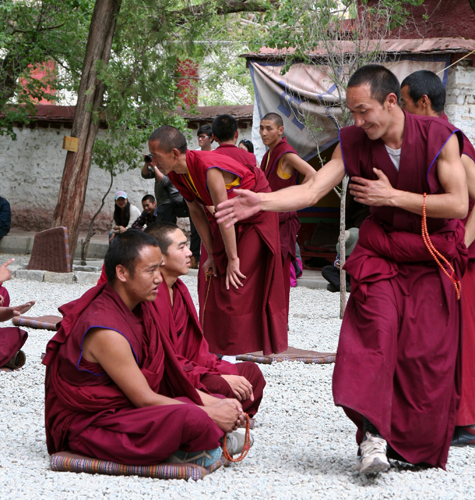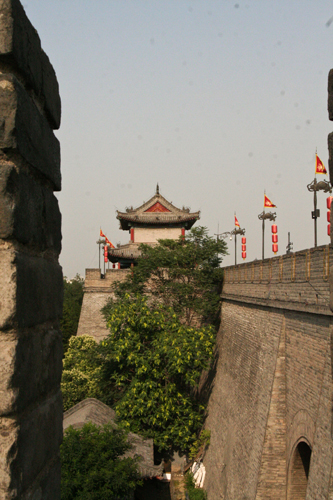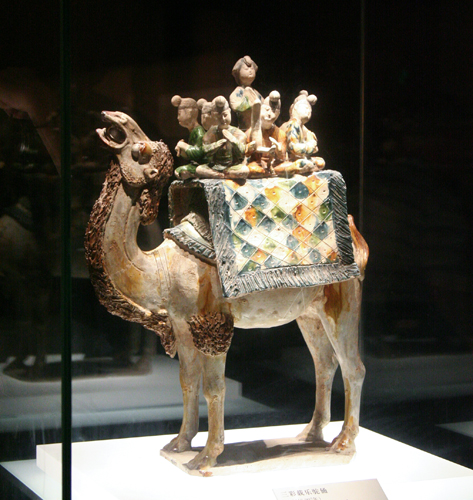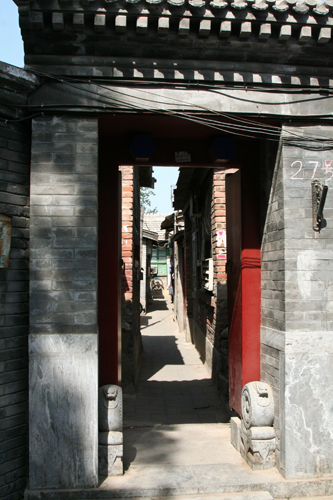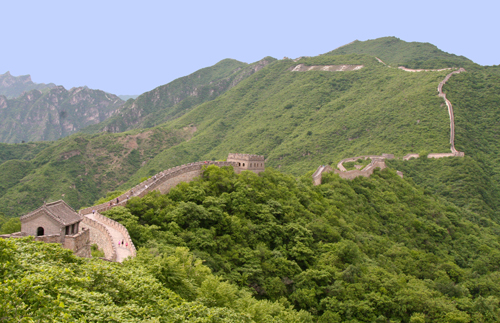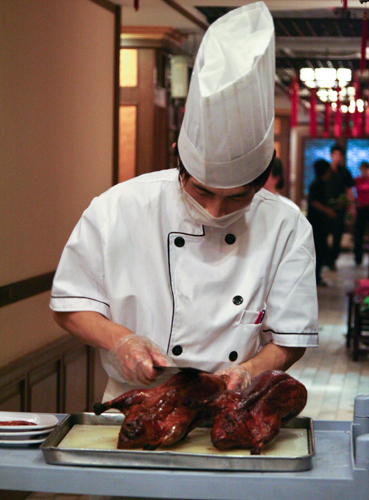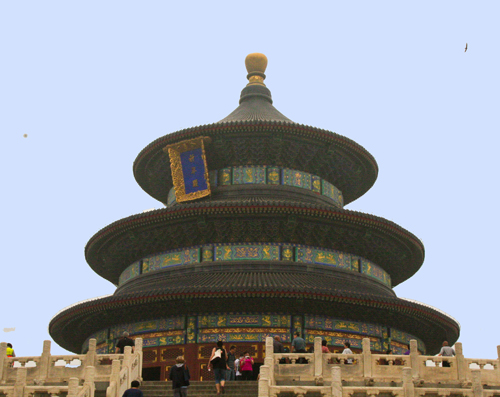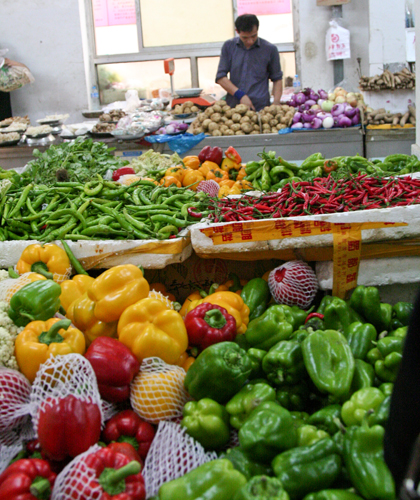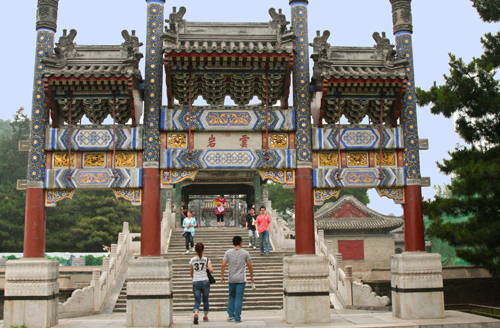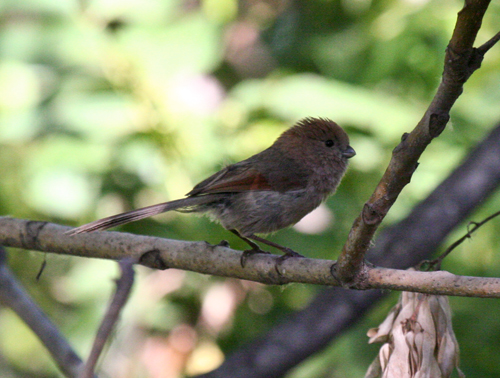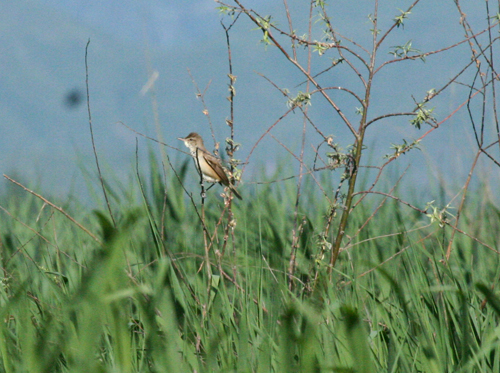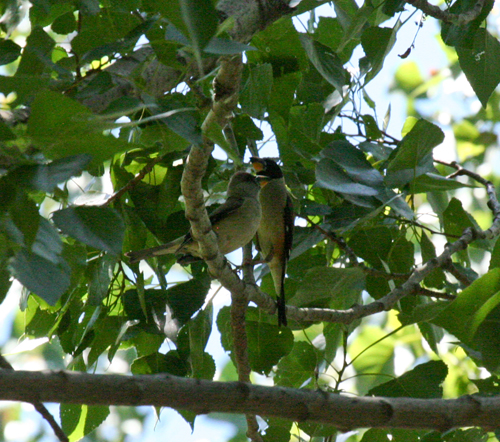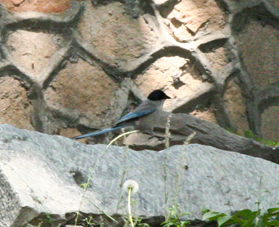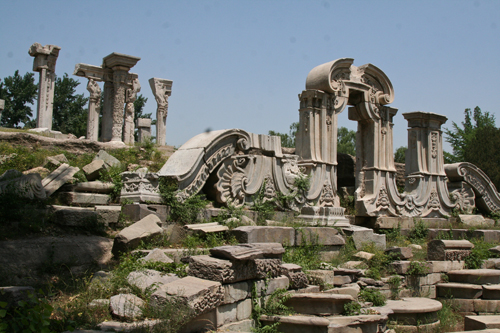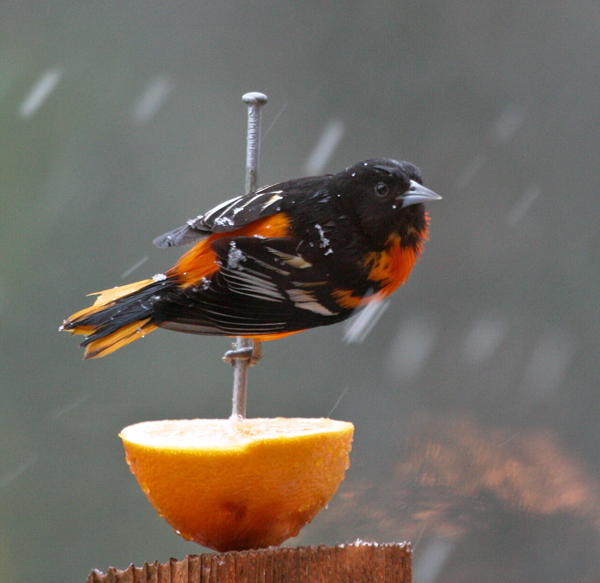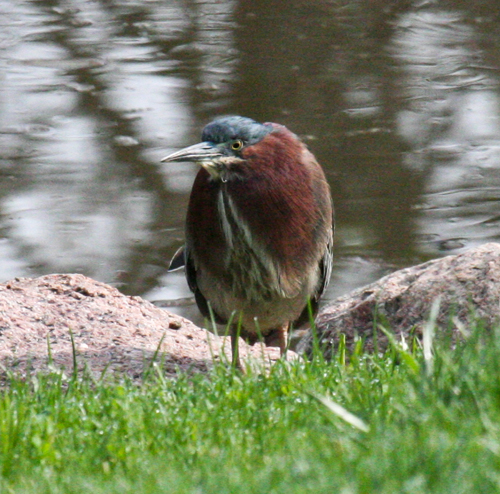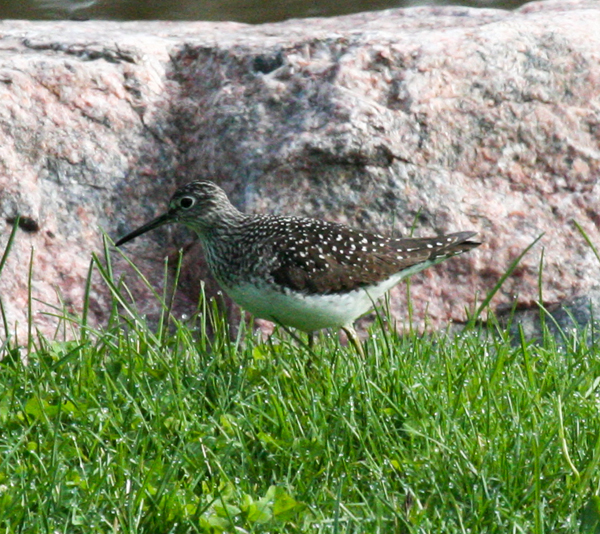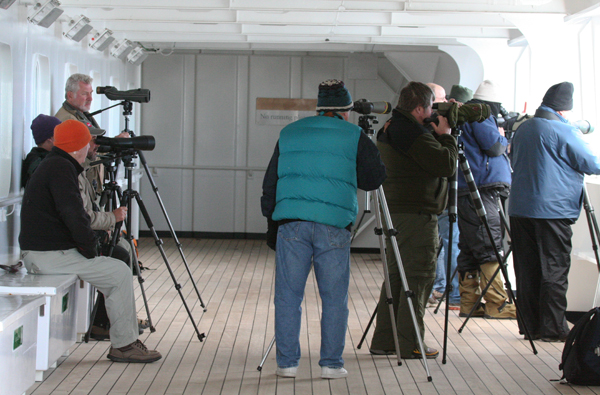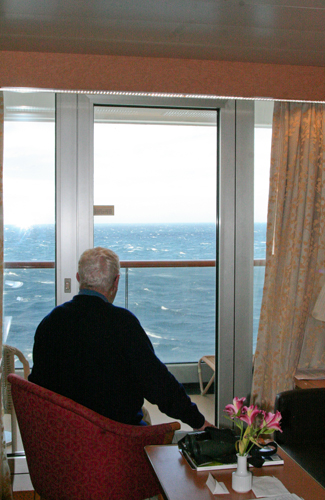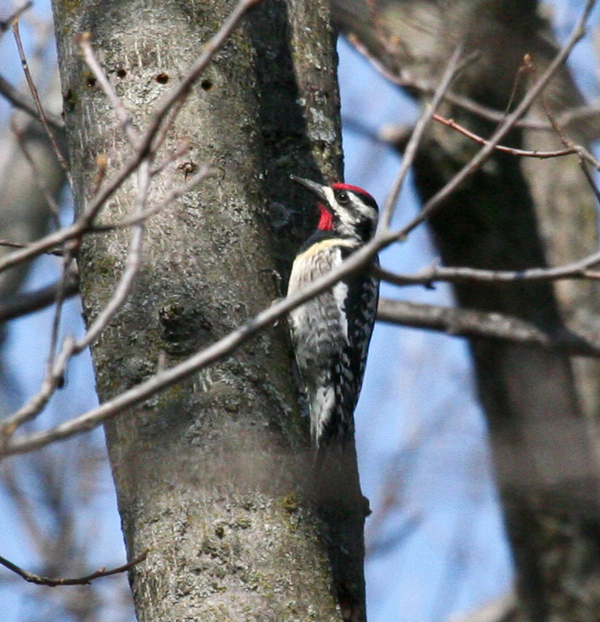We boarded our Viking Cruise ship at Chongqing on the evening of the June 10. The ship was larger and more luxurious than we had anticipated. We had a spacious cabin with a little balcony so we could sit outside and watch the world go by. Everything was kept nice and clean and the service and food was good. We enjoyed a relaxing three day river cruise from Chongqing to Sandouping, the site of the immense Three Gorges Dam.
After breakfast on board the next morning we disembarked to visit Fengdu, or the “Ghost City”.
Michael’s summary:
“Fengdu was dubbed the “ghost city” for its appearance in two ancient stories about the underworld. Significant for its preservation of Chinese afterlife culture, Fengdu’ otherworldly associations date back nearly two thousand years to two imperial court officials who journeyed to nearby Mt. Minshan to practice Taoist teachings, ultimately achieving immortality as legend has it. Their combined surnames, Yin and Wang, translate to “King of Hell”, and this title birthed the city’s ensuing fascination with the supernatural.”
- ]
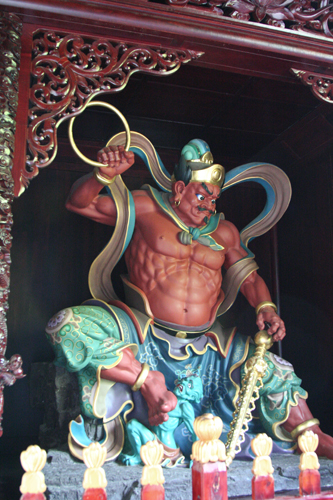
To reach the main attraction of Fengdu, we climbed a lot of stairs in stifling heat and reflected on the visions of the afterlife portrayed in the statuary and carvings lining the path.
We returned to our ship for lunch and afternoon cruising. In the evening Barbara attended an on-board fashion show depicting several different dynasties and areas of China.
On the morning of Wednesday, June 12, we passed through the scenic Qutang Gorge, at five miles, the shortest of the Three Gorges. Mountains towered from both sides.
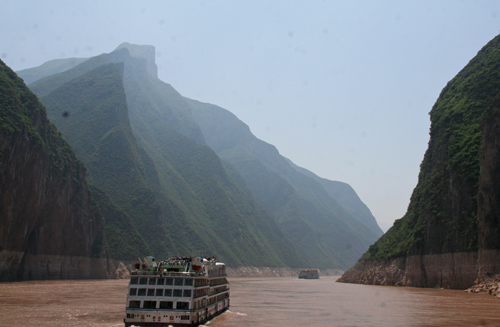
This afternoon we enjoyed a ride in a sampan on a tributary, the Shennong Stream, with a 5 man crew, 4 to row and 1 to steer. The waters of the tributary were much clearer than the Yangtze. A very enjoyable side trip with beautiful scenery.
We cruised through Wu (Sorcerer’s) Gorge, 25 miles long and with cliffs so sheer that the sun rarely penetrates. Later in the afternoon we entered the beautiful 42-mile long Xiling Gorge.
We then arrived at the approach to the locks of the Three Gorges Dam, to await our turn through the locks.
We went through the five locks during the night. We slept through it, although we were told the next morning that it had been quite noisy. Barbara woke up around midnight and saw a huge cement wall very close to the boat, disappearing heavenward. That is all we experienced from the locks.
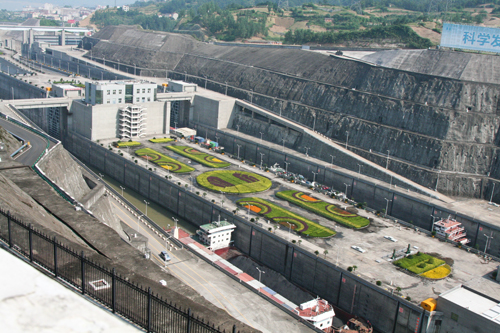
On Thursday morning, the 13th, we disembarked to tour Sandouping, the site of the Three Gorges Dam. An observatory has been constructed overlooking the site. The Three Gorges Dam has been planned for almost a century and was completed just a few years ago. The flooding of the Yangtze as a result of the dam has displaced millions of folks who previously lived and made a living along the river. Replacement villages have been constructed high above the new waterline along the river.
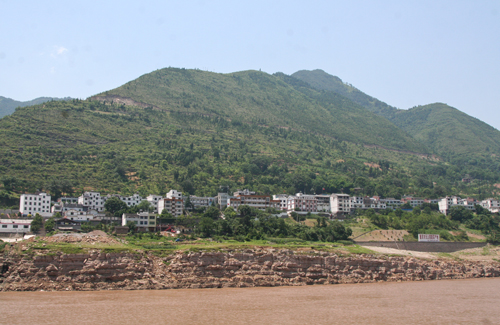
Three Gorges Dam is 5 times larger than our Hoover Dam.
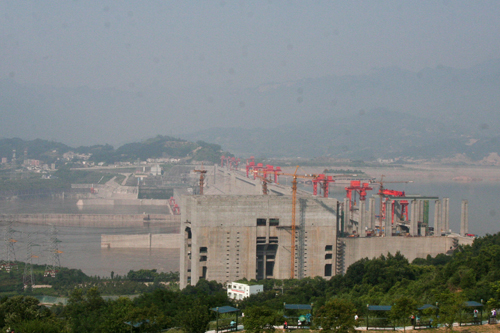
It is the largest dam of its kind, with walls more than 600 feet high and 6,500 feet long. The lake created by the dam is the world’s largest reservoir. It provides about 10% of China’s hydroelectric power.
We returned to the boat for lunch and to continue on to Yichang Airport for our flight to Shanghai. We arrived in Shanghai at rush hour and the traffic was very heavy. Upon arrival at our hotel, the Hilton, we found our room on the 30th Floor had a terrific view of down-town Shanghai. It was late, so we just grabbed a panini and a beer at the hotel and ate in our room.


